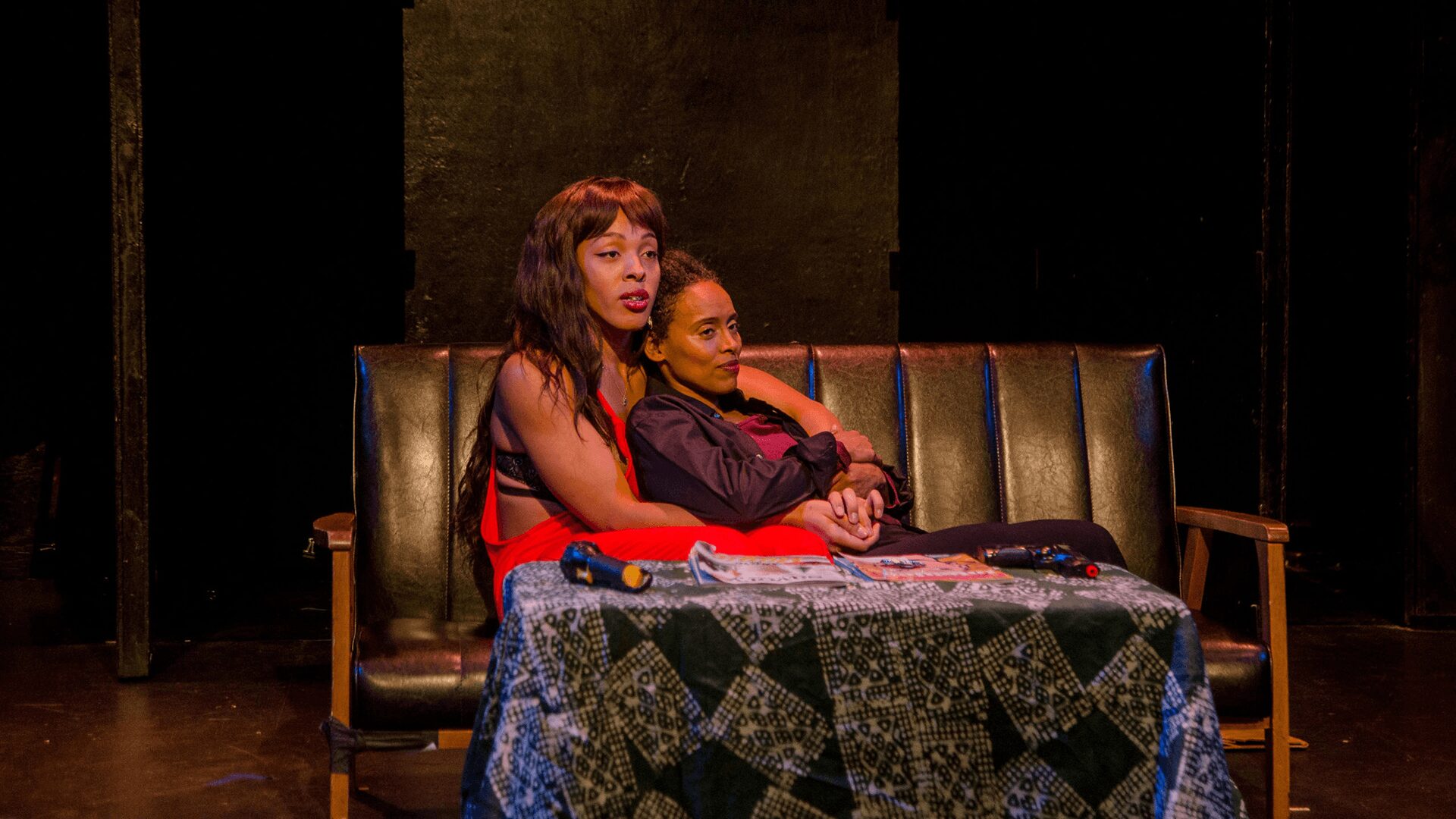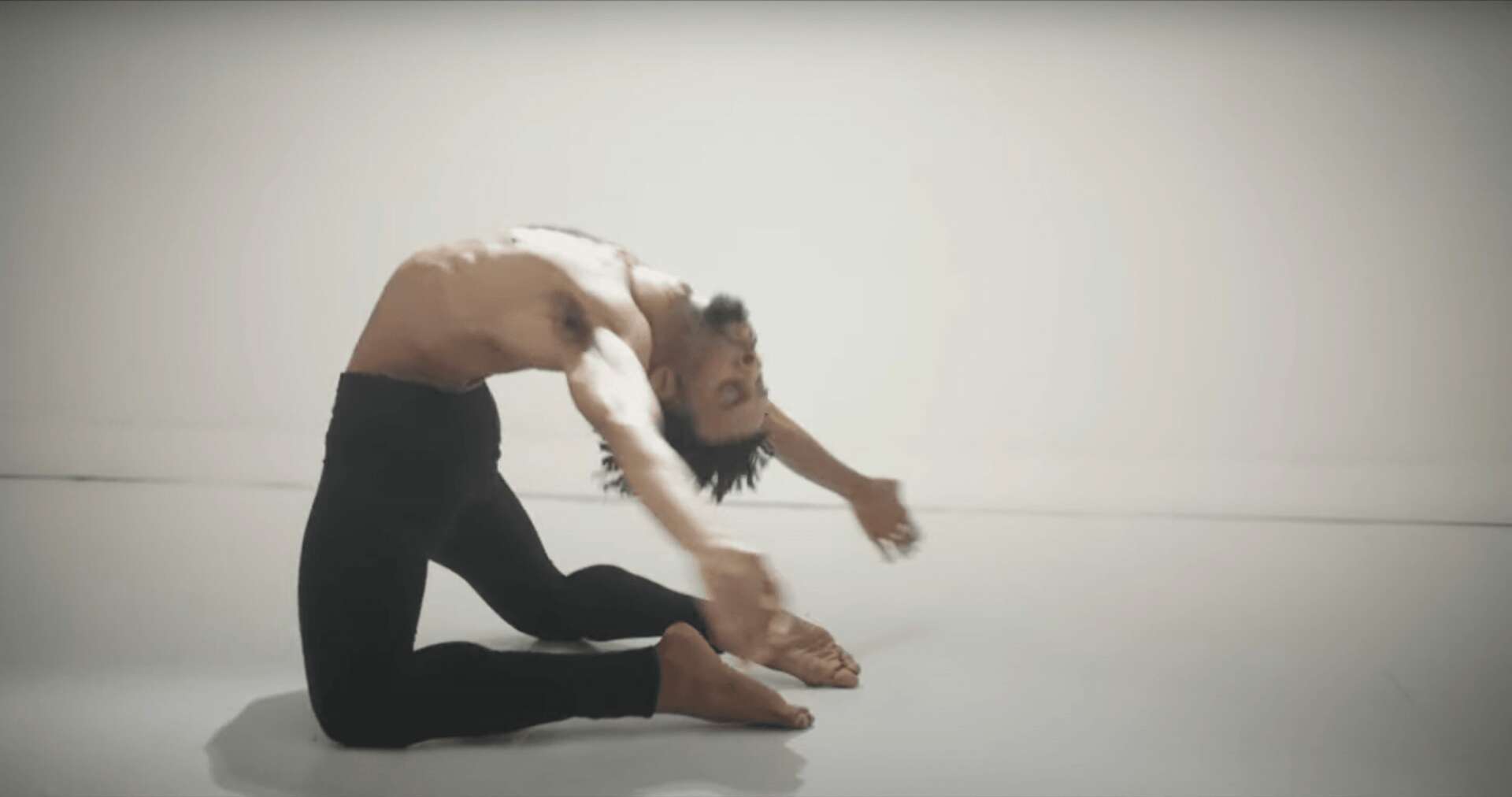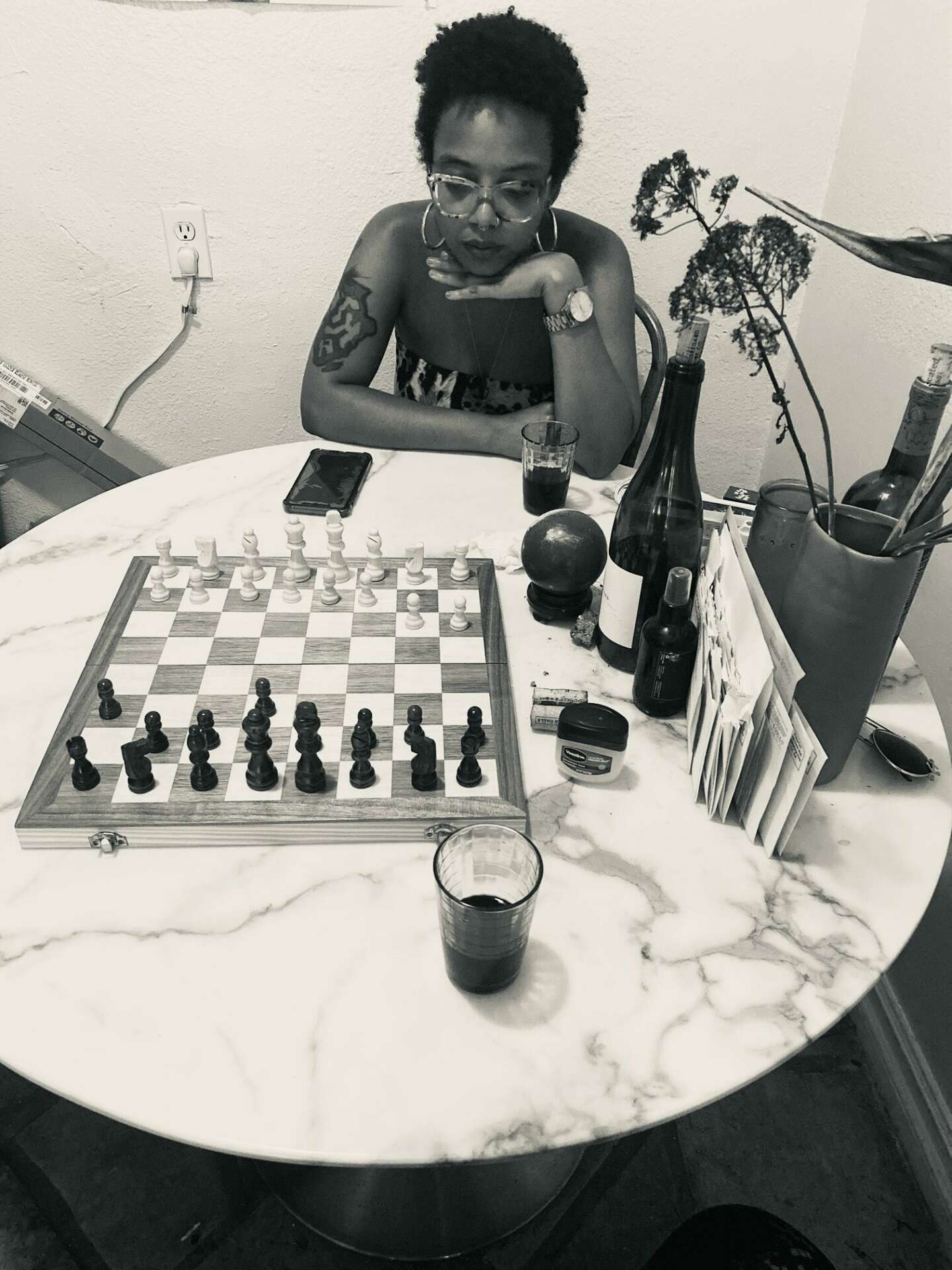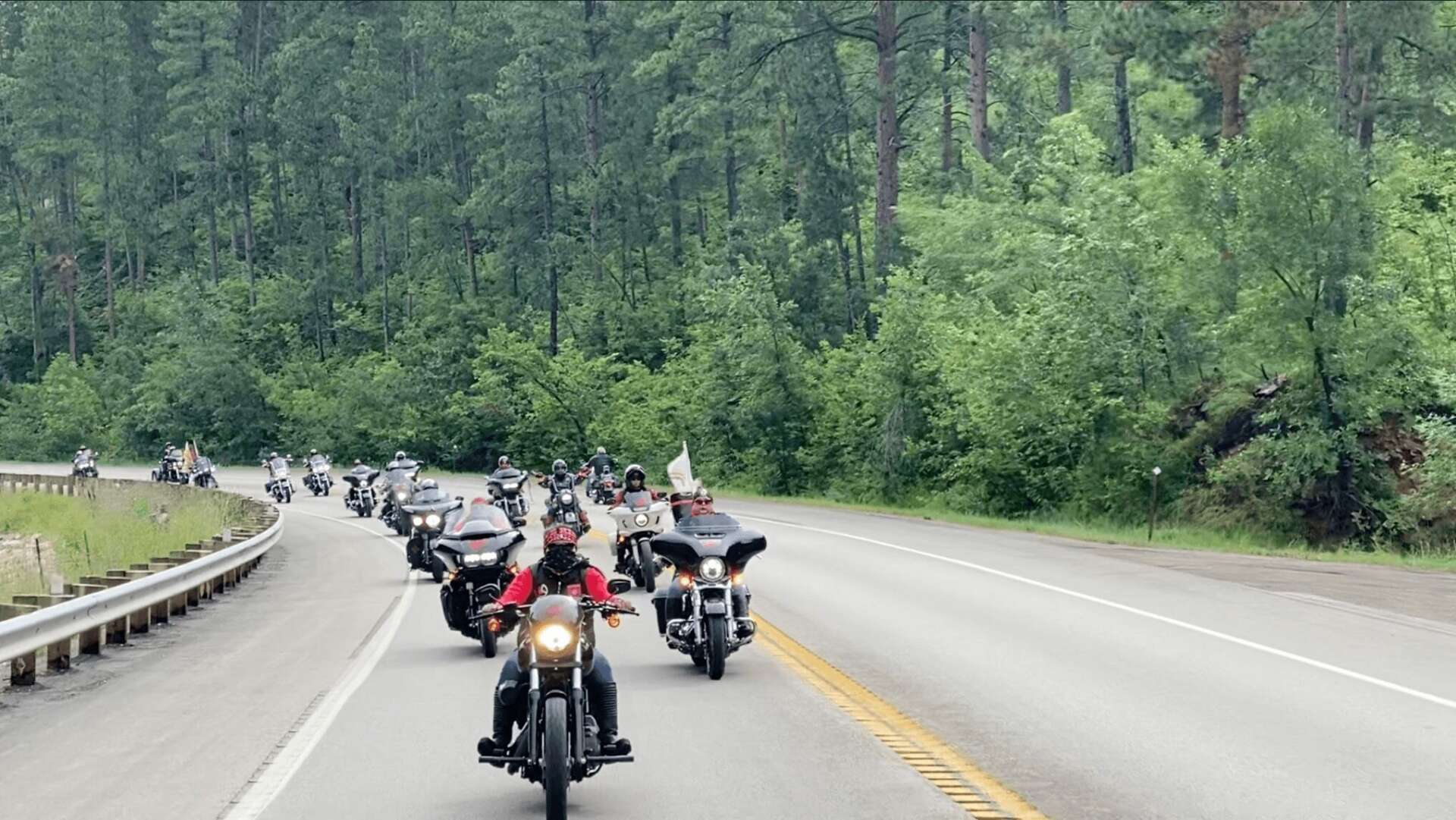Alright – so today we’ve got the honor of introducing you to Natyna Bean. We think you’ll enjoy our conversation, we’ve shared it below.
Natyna, looking forward to hearing all of your stories today. Let’s kick things off with a hypothetical question – if it were up to you, what would you change about the school or education system to better prepare students for a more fulfilling life and career?
I mourn the days when artistic education and expression were an educational priority. When I studied elementary school in the Philadelphia public school system, visual art and music classes were two of the few opportunities for me and my peers to explore and identify our various learning styles. Our instructors were patient, encouraging, and committed to play as an effective way to acquire knowledge. Even while learning different art forms, we were reminded to bring ourselves to the canvas or instrument. The colors and notes varied as much as our personalities and processes, and the encouragement to learn and perform this way was a stark outlier from an admittedly militaristic environment. So for a few days a week, we cherished engaging in the same activity with different approaches, gradually improving our confidence and connectivity as young people. It also allowed us to see that we do not learn at the same pace or in the same manner, something the larger American education system deliberately ignores.
Fortunately, over the years I’ve been blessed to encounter teachers who empowered me to honor, respect, and name the level of vulnerability I wish to offer when presenting and sharing art. During fourth grade, there was Ms. Robin Muse, a velvet-voiced pianist and composer who taught “the fundamentals of music literacy, music listening, and music-making.” And there was my homeroom teacher Ms. Lenise Washington, a hilarious and stylish veteran teacher who offered her class “brain breaks’ ‘ by introducing us to some of her favorite soul music. Having been born into a family of music lovers I was intimately familiar with the Miracles, the Supremes, Marvin Gaye, and Stevie Wonder. I’ve always loved to sing, but a lack of support and confidence caused me to shroud this desire. Hiding was nearly impossible for someone who sees the world with their ears. Ms. Muse heard me sing in class and along with Ms. Washington, more than gently encouraged me to lead our class in Whitney Houston’s song “You’ll Never Stand Alone.”
For weeks, I rehearsed after school with Ms. Muse, learning breathing techniques and how to effectively identify my voice as an instrument within the larger composition. When the recital came, I peeked out from behind the curtain and saw that there wasn’t an empty seat in our school’s auditorium. I was fear-stricken all over again. While I was too afraid to perform in front of the entire school, I did not want to let my teachers or classmates down. Yet, since I was a child I’ve always been capable of pivoting to accomplish a task. So, I tucked my shame tightly in my fists and asked Ms. Muse and Ms. Washington if I could sing the song behind the curtain. Instead of scolding and forcing me to perform onstage as previously rehearsed, they obliged. The show must go on. In essence, the story needed to be told. With this adjustment, I sang much more confidently and my classmates, neatly arranged in choir onstage, did not have to serve as mere background singers. We were a team, albeit unconventional, but collaborators nonetheless.
Instead of perceiving my anxiety as insolence, these Black women educators curated a space for modified learning and performance, because art inherently cultivates this possibility. It forces you to say, “yes, and,” to harmoniously continue the narrative, ever eager for the next point of discovery. And teaching this is how we cultivate collaborative and supportive environments that eschew archaic hierarchical belief systems.
After receiving applause, my confidence was boosted because I was granted the opportunity to do my best with what I had to offer at that moment. Not what my educator arbitrarily demanded of me. And this shyness coupled with a compulsion to share the telling of a story still leads me today. I create all the time. Yet, I hoard many things until I am ready to share. Part of this is because I thrive in collaboration, which is why theater will forever be my first love, and why I could never condescend to the impact and emancipatory experience culturally responsive educators lend to learners. Another part is because I am crucially aware of how impactful art is on my psyche and the anima of others.
Prioritizing art programming and curricula that honor modified learning and culturally responsive education can help reduce the stress that too often deters students from courageously navigating their creative and intellectual careers. Had I not been supported while doing something vulnerable and atypical, I probably would not have pursued an artistic career that values the vastness of expression, information exchange, and education. We need and deserve more art and learning diversity, and should eliminate rigid rubrics and punitive responses to unanticipated outcomes. We will stifle art and those who make the art if we succumb to the temptation of uniformity and control. We will lose out on so much growth if we force people to make offerings in manners that do not align with their process.


Natyna, before we move on to more of these sorts of questions, can you take some time to bring our readers up to speed on you and what you do?
Primarily I am a multidisciplinary storyteller. My creative process is socio-anthropological, relying upon memory, ethnographic and exploratory research methods, and cross-medium applications. As a writer, I lovingly refer to my stories as “fantastically memoiric” as I excavate and interrogate both heroic and horrific happenings and possibilities through the lens of Black queer femmehood and its particular relationship to fighting and forgiveness in a carceral society. As a director, radio & podcast producer, and educator, I equitably rely on research and real-time experience to connect with my collaborators – yes, even students are collaborators – and carve out the most constructive and innovative stories to enhance and expand our understanding of the world and our roles within it.
No matter the medium, I am drawn to stories that ask big, prickly questions and require a lot of courage to engage committedly. Sometimes it feels masochistic as the inquiries force me to unstitch old wounds and peer into places where I’d previously believed I’d made my peace. More transparently, there are aspects of my childhood that are almost too painful to name but curiosity about why and how these moments occurred invites me to reimagine or deconstruct these memories and ponderings with grace, humor, and even rage – for I’ve found that the latter can be just as medicinal as joy. I explore and employ magical realism, historical fiction, poetry, and songs in stories.
There is something in me that cannot separate artmaking from education. Whether I am producing a news podcast on the Missing and Murdered Indigenous Women and Relatives crisis, penning a play about the deleteriousness of mass incarceration, directing a music video that centers the rebellion of queer intimacy, experimenting with street theatre popularized by Indian political theatermaker Safdar Hashmi or Brazilian drama theorist Augusto Boal’s Theatre of the Oppressed, or hosting a conversation about how some Black and brown people are expanding their understandings of humanity through tarot and astrology, I am forever learning.
I have a dual bachelor’s degree in Dramatic Writing and Africana Studies and an MFA in Playwriting; titles that deceptively downplay everything I’ve studied, learned, acquired, and now apply in my professional ventures. While I am a dramatic writer for stage, screen, and radio, I also direct, produce, and edit in these forms. I carry my storytelling into my roles as a podcaster, songwriter, as well as educator who designs and facilitates curriculum based on culturally responsive and modified learning practices. I am an award-winning playwright and have produced for an award-winning NPR-syndicated podcast. Most importantly, I am a person who wants to feel deeply, think expansively, dream as wide as the ocean, and endlessly dissolve barriers through art.


Do you think there is something that non-creatives might struggle to understand about your journey as a creative? Maybe you can shed some light?
While it may seem daunting to others, I lavish on the nonlinearity of my career. Although I possess and pursue concrete goals, I cannot concretely predict my next chapter or venture, which is both exhilarating and humbling. At first glance, it might come across as indecision, but it is a praxis of abundance that invites me to learn and create in various mediums. The best way to describe creating and sustaining a living as a professional artist is accepting that you must continuously build upon your choreography; the dance never ends and while you may return to specific poses or styles, it’s up to you to decide how to find your rhythm when the tempo changes. Often our morality conflicts and ultimately threatens the security of a traditional or corporate-controlled job, so our career paths must be fueled by innovation and flexibility. Money is funny in the art and entertainment business so artists must develop many skills to remain not employed, but committed to produce. Referring to an artist as a “jack of all trades, but master of none” is hardly ever an insult. We revel in our versatility, allowing us to relate to many people and experiences.
Another wonderful thing about creating for a living is that you must constantly reject stagnancy and become acquainted with challenge and change. Not only in the external world but fundamentally within ourselves. Many artists’ political views, gender expression, sexualities, and even diets exist on a spectrum, fluidly flowing in the direction that leads them to a more expansive and complex existence. This is because we are always absorbing and in turn, compelled to respond. Artists are porous and reflective and deeply affected by our environments. To survive physically, mentally, and spiritually we must transmute the effect into a constructive offering. These offerings may cause a disturbance, yet naturally, disturbance is a key ingredient to progress.
In the face of genocide, reproductive injustice, imperialism, educational suppression, labor exploitation, and more present-day atrocities, artists are compelled and dare I say required to document, reflect, question, protest, agitate, and perhaps even condemn acts of destruction as creation is integral to the artistic experience. And we can no easily turn off that experience as we can our very own breath.


Looking back, are there any resources you wish you knew about earlier in your creative journey?
Recently, social media sites like Pinterest, TikTok, and Instagram have made skill sharing much more accessible for those who can utilize the internet but cannot afford formal training. I have discovered new books, stitch patterns, recipes, historical drama, easily digestible music theory, affordable filming techniques, and so much more thanks to the intellectual generosity of app users. In this way, everyone has the ability and permission to be an educator and a storyteller, connecting people all over the world to hobbies, trades, and art forms that they might not have been able to encounter outside of these virtual communities.
Had I had access to this sort of education earlier in my creative journey, I would have not only saved myself a great deal of time and money, but perhaps I would have been more emboldened to publicly fail forward more often. I find that I am reticent to share as in many ways, my artistic education emphasized the need to perfect a product or production before it is shared. Yet, seeing people learn and disclose their processes helps me deconstruct my institutionalized impulses and coaxes me to be braver and have a lot more fun with my own.
Contact Info:
- Website: [email protected]
- Instagram: @sunbeamshawty
- Linkedin: https://www.linkedin.com/in/natynabean/
- Twitter: @sunbeamshawty


Image Credits
Aziza Barnes, natyna bean, Carolyn Flores, Garlia Jones, Erin Lamar, Hannah Yehudah, Juan Palacios


